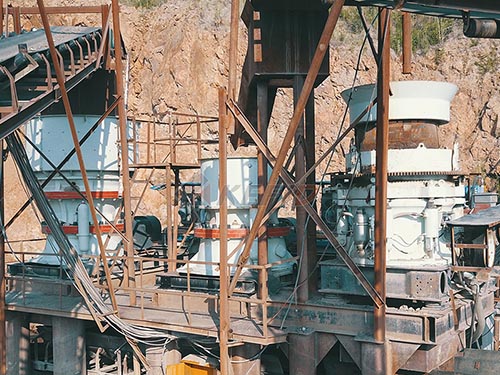
Beyond the Brochure: Unlocking Value in Your Crusher Screen Catalog
In the demanding world of aggregate production, mineral processing, and recycling, efficiency is paramount. Every component in your crushing and screening circuit plays a critical role in achieving optimal throughput, product quality, and profitability. While crushers often steal the spotlight, screens are the unsung heroes, meticulously separating valuable material from waste and ensuring consistent end products. And your key to unlocking their full potential? A well-structured, comprehensive Crusher Screen Catalog.
Far more than just a list of parts or glossy pictures, a valuable crusher screen catalog serves as an indispensable technical resource and decision-making tool. Here’s how navigating it effectively delivers tangible benefits:
1. Understanding the Screening Spectrum: A quality catalog demystifies the diverse world of screening media.
Media Types: It clearly differentiates between woven wire mesh (various alloys & weave patterns), punch plate (thickness & hole shapes), modular polyurethane/plastic panels (impact resistance & flexibility), and rubber screens (dampening properties). Understanding each type’s strengths (wear life, open area %, noise reduction) and weaknesses is crucial.
Application Focus: Does your operation face heavy impact from large feed? Abrasive materials? Sticky or wet conditions? The catalog should guide you towards media specifically engineered for these challenges.
2. Precision Selection for Peak Performance: Matching the right screen to your specific crusher model and application is non-negotiable.
Exact Dimensions & Compatibility: Catalogs provide precise dimensional drawings and specifications (length, width, depth, deck angles) ensuring perfect fitment within your existing screen box frame or replacement unit.
Deck Configuration: Clarify options for single-deck vs multi-deck screens and compatible media types per deck level.
Hole Size & Shape Optimization: Catalogs detail available aperture sizes (often in mm or inches) and shapes (square, slot/longhole, round). Selecting the correct aperture profile significantly impacts separation efficiency and prevents issues like blinding or pegging.
3. Decoding Technical Specifications for Informed Choices:
Open Area Percentage (%): This critical metric indicates how much of the screen surface allows material passage directly impacts capacity and screening efficiency. Catalogs provide this data for each panel type/size/aperture combination.

Material Composition & Properties: Details on wire gauge/diameter,

Leave a Reply